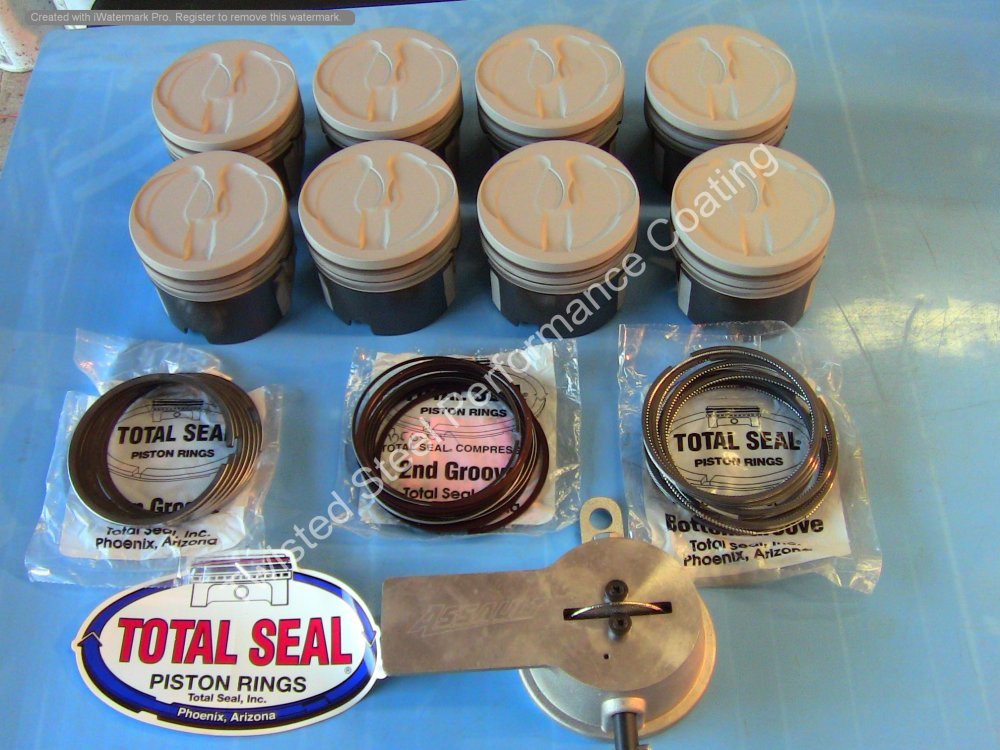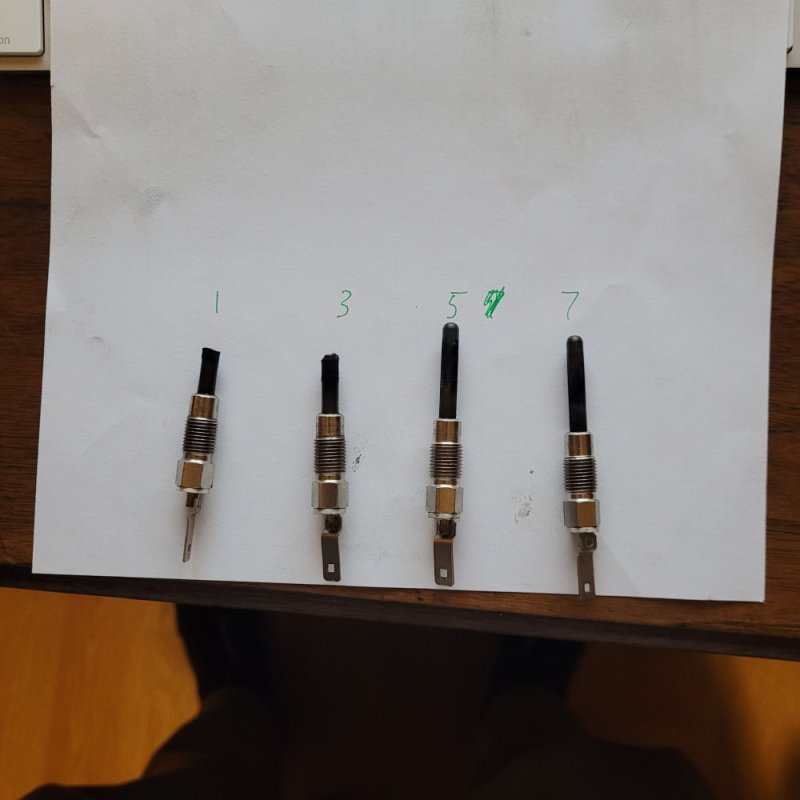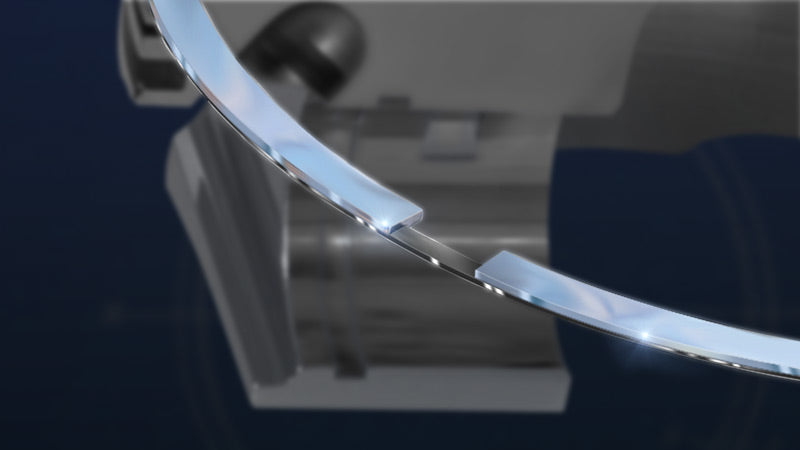Rodd
Recruit
Look at the pictures of the pistons. Are they upside-down? I'm sure someone would have mentioned it if they were. The reason I ask is there are cut outs in the pistons. I thought those were for the valves? The one valve that hit on each piston is above the cut out and to the left.



